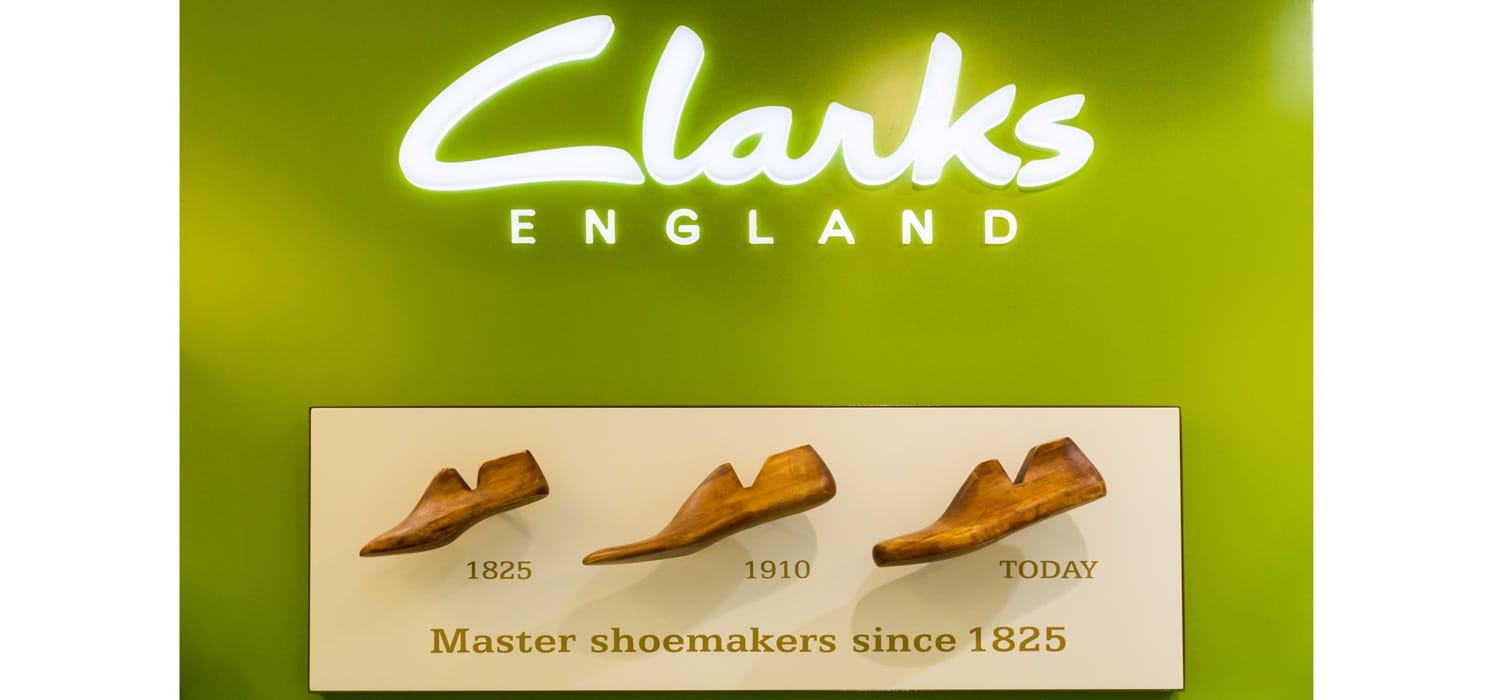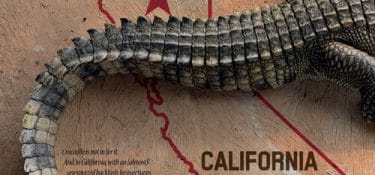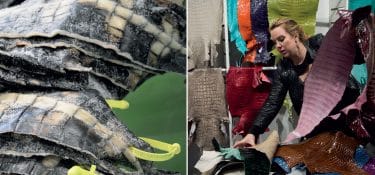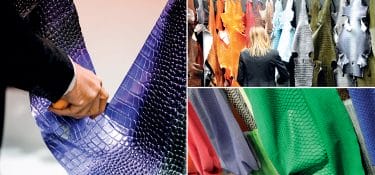Something went wrong. It’s July, 2017. The brand announces that, after a decade, Clarks would return to manufacture in the United Kingdom, in its own Somerset production site, with an ultra- modern plant called Morelight Manufacture. The investment: 3 million UK pounds. Production volume: 300,000 pairs of the iconic model Desert Boot. The message was exemplary: it is possible to go back to the Old Continent to manufacture goods. Moreover. Clarks’ plan included the repetition of this step elsewhere: at least 10 more times, including in Italy. Grand expectations. Very grand disappointments. Few months were enough for Clarks to realize that “production levels and cost objectives were not going to be reached in the short-medium term”, to cite the words used by the historic English brand, which announced in January 2019 that it was shutting down the production site, effective in March. Thirty-five employees fired and 10 relocated within the company.
Clarks did build the plant of the future. The brand had worked on it for a long time and invested important capital: robot-assisted technology, specialized labor, the objective of reducing lead-time to project and get the goods inside store from 56 to 46 weeks for wholesale, and from 46 to 13 weeks for retail. “This move will give us the opportunity to reduce production units all around the world, contributing to the impact reduction of duties and the creation of an agile organization” had stated the previous ceo of the brand, Mike Shearwood. To make this dream come true, the English brand’s experts had taken inspiration from aeronautical enterprises, automotive companies and giant footwear brands such as Nike, under Armor and Adidas. Among the departments present in the spotlight, there was the one responsible for laser-cutting leather, which also classified all pieces of leather reducing the potential mistakes to the minimum while raising quality. Then: machines to automatically sow and an automated production line onto which production systems would have been totally robotic. Morelight would have projected Clarks into the future: it would have made it leaner, faster and more competitive. But the project turned out to be a failure right when difficulties hit the prestigious British brand that was founded in 1825. The last fiscal data available (February 1st 2017 – January 31st 2018) closed with 47.6 million pairs sold and revenue equal to 1.54 billion UK pounds, 7% less than the previous year. At the same time income before tax fell by 29%: from 63.7 million to 45.2 million uK pounds. Summing up failed projects and financial misfortunes, a strong managerial turnover process began within the brand. The first one to jump ship in June 2018 was Mike Shearwood, ceo for less than two years, who left for “misconduct in relation to the brand ethical code”. Sales director for the UK Victoria Frayne and her counterpart in Ireland, Mark O’Driscoll both left in December 2018. In January 2019 the brand announced that its supply chain executive, Anthony Perillo would have left the group in June, after 12 years. And lastly, a few weeks ago in February 2019, the new ceo was appointed (the third in 4 years): Italian Giorgio Presca was called to solve the issues of a brand that is defined as “uncapable of evolving”. Clarks, in fact, seems to be positioned in the dangerous no-man’s-land. It is a medium-end brand that fights in market split between luxury and low-end, with products that aren’t enough to attract consumers inside stores that do not reflect the young and friendly identity the brand tries to portray on social media. The nominee of Prasca, ex manager of Golden Goose deluxe Brand and Geox, was also considered risky by analysists, as “he doesn’t have experience in British retail, which generates one-third of the brand’s revenue”.
Trust is there, desirability isn’t
“Consumers do not consider Clarks a premium brand. Clarks must focus on desirable products to recapture buyers”, said Kate Ormrod of GlobalData Retail. Victoria Nightingale, director of the head-hunting business Barracuda Search, observed how: “Clarks is a trusted brand, but it isn’t fashionable”. Old models, unsatisfactory quality, an erroneous pricing policy. These are some of the factors that can be attributed to the brand’s recent downgrade, which has not moved production from Europe (Italy included) to Asia, without achieving the hoped-for results”.
Not much Italy (but not for leather)
Clarks’ Italian production has been reduced to the minimum. The company’s online portal only shows Italian manufacturing for the limited edition of model Wallabee: 4 colors and 365 pairs for each color. Every pair is numbered by hand. The collections were made with suede Janus Butt leather from British tannery Charles F. Stead. Each pair is 200 UK pounds, in comparison to the 120 pounds of a “normal” Wallabee.










